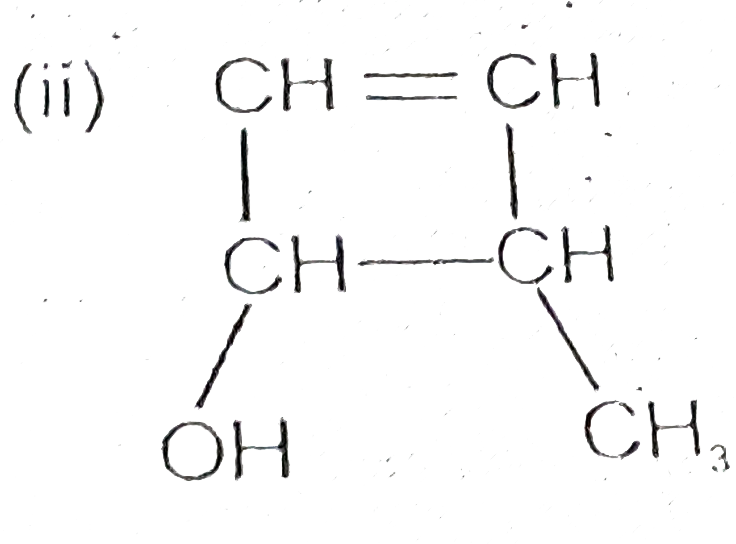Oils and fats are obtained by saponification potassium steatrate. Its formula is CH3−(CH2)16−COO−K+. Lyophobic end of atom is (CH3) and lyophilic end is COO−K+. Potassium stearate is example of
lyophobic colloid
lyophilic colloid
multimolecular colloid
associated colloid or micelle
The correct Answer is:D
Step by step video, text & image solution for Oils and fats are obtained by saponification potassium steatrate. Its formula is CH_3-(CH_2)_(16)-COO-K_(+). Lyophobic end of atom is (CH_3) and lyophilic end is COO-K^(+). Potassium stearate is example of by Chemistry experts to help you in doubts & scoring excellent marks in Class 11 exams.
Updated on:21/07/2023Topper's Solved these Questions
- THE COLLOIDAL STATEBOOK - OP TANDONCHAPTER - THE COLLOIDAL STATEEXERCISE - step-1 Objective
25 Videos
- THE COLLOIDAL STATEBOOK - OP TANDONCHAPTER - THE COLLOIDAL STATEEXERCISE - Step -2 Objective
10 Videos
- THE COLLOIDAL STATEBOOK - OP TANDONCHAPTER - THE COLLOIDAL STATEEXERCISE - Self Assessment
21 Videos
- STATES OF MATTER (SOLID STATE)BOOK - OP TANDONCHAPTER - STATES OF MATTER (SOLID STATE)EXERCISE - SELF ASSESSMENT Section VI
3 Videos
- VOLUMETRIC ANALYSISBOOK - OP TANDONCHAPTER - VOLUMETRIC ANALYSISEXERCISE - Section-V
3 Videos
Similar Questions
Knowledge Check
Potassium stearate is obtained by saponification of an oil or fat. It has the formula,
CH3(CH2)16COO−K+ The molecule has a hydrophobic end (CH3(CH2)16−) and a hydrophilic end (COO−K+). Potassium stearate is an example ofAlyophobic colloidBmultimolecular colloidCmacromolecular colloidDassociated colloid or micelleWhich of the following is correct in the context of sodium stearate, CH3(CH2)16COO−Na+ .
AIt is a major component of many bar soapsBThe −COO− group is the polar-ionic head and is hydrophilicCThe R−group is the nonpolar- tail and is hydrophobicDAll of theseWhat is true about zwitter ion.
H3N+CH2COO?ANH2CH2COO− is its conjugate baseBH3N+CH2COOH is its conjugate acidCBoth (A) and (B)DNone of these
Select the correct statement regarding [Pt(CH3−CH(NH2)COO)Cl2]−
View SolutionSelect the correct statement regarding [Pt(CH3−CH(NH2)COO)Cl2]−
View SolutionAqueous solution contains Zn(CH2COO)2,Cd(CH3COO)2andCu(CH3COO)2 on passing H2S gas, therte is a precipitate of ……. As sulphide
View SolutionThe oxidation product of 1,2-cyclopentane diol with HIO4 or (CH3COO)4Pb is:
View SolutionWhen salicyl aldehyde is treated with (CH3CO)2O in presence of CH_(3)COO^(Ө)Na^(o+), Delta
View Solution

